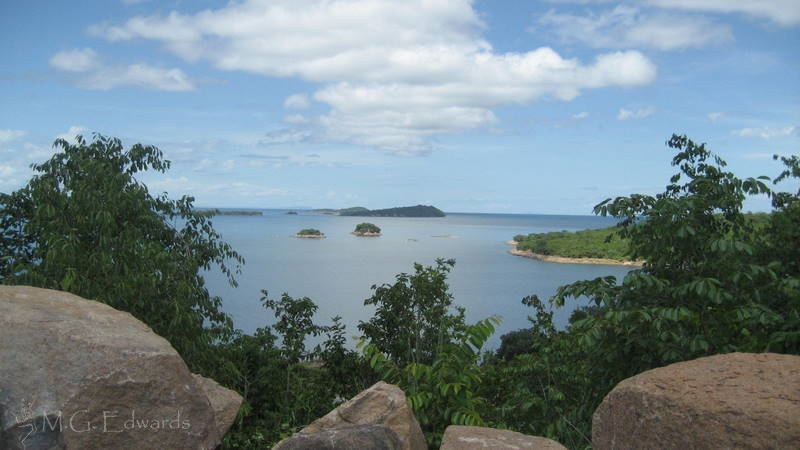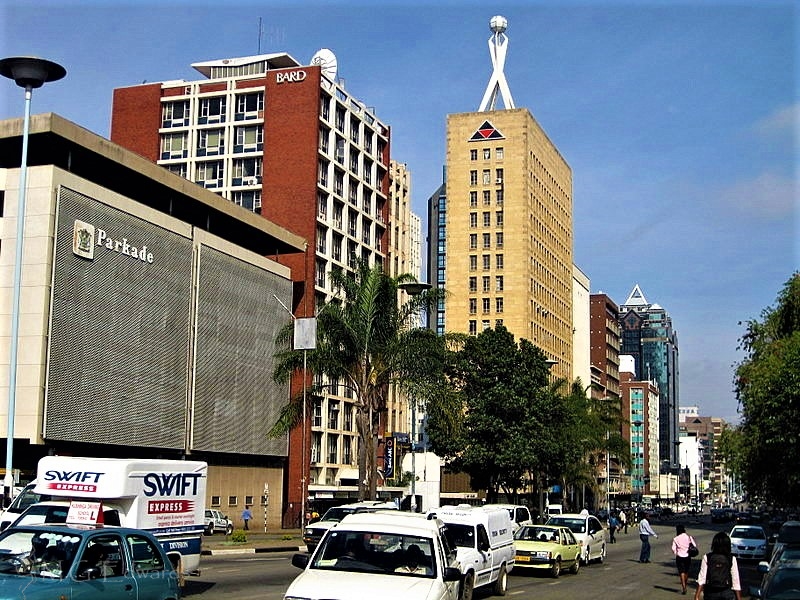Weekend at Lake Kariba, Zambia
My wife and I went on a short Valentine’s Day weekend getaway to Lake Kariba. What an incredible not-so-hidden gem! Few tourists have ever heard of the world’s largest artificial lake and reservoir straddling the Zambian-Zimbabwean border created in 1958 when the Kariba Dam on the Zambezi River was near completion. Lake Kariba is usually overshadowed on visitors’ itineraries by Victoria Falls, arguably the world’s largest waterfall, as well as by numerous game parks and private reserves scattered throughout Zambia and Zimbabwe. We think that Lake Kariba holds its own as a tourist destination.

Hippos, crocodiles, baboons, freshwater fish, and several bird species call the lake home, although they make fewer appearances than one would expect for such a large body of water. The wildlife that attracts gawking tourists to Zambia is concentrated further east in the game parks of the lower Zambezi Basin. However, the lake does not lack for vegetation and scenic beauty. Compatriots frequently say “don’t swim in the water!” when lake comes up as a travel destination because it’s a breeding ground for bilharzia (schistosomiasis) and lurking crocodiles. Avoiding the water notwithstanding, Lake Kariba is well worth a visit, especially if you want to enjoy a quiet or romantic getaway with beautiful scenic lake views and a relatively safe natural environment. While the lake offers few children’s activities, families can still enjoy all it has to offer. However, don’t forget to remind the kids to bring some books or games they can enjoy.
We stayed at the aging Lake Kariba Inns, one of the nicer resorts in the town of Siavonga that passes as a three-star hotel. At just over U.S. $100 per night during the offseason, the price was very reasonable compared to some of the overpriced game lodges that charge upwards of $400 per night. The rooms are clean and comfortable, although like many rural Zambian lodges they are still infested with their fair share of unwanted critters. The ants will carry off any food in sight, so keep it sealed. The villas with lakefront verandas are your best bet for gorgeous views of the lake. You might delude yourself into thinking that you’re in the Mediterranean as you lounge on your veranda; that is until fishermen pass by in their large trawlers to ply on crayfish and fish. The resort’s amenities include a large workout gym and a poolside bar with pool table and ping pong. The waterfront restaurant serves decent food with a decidedly Indian flavor; the Indian yogurt-based dishes are tasty. We were disappointed that the inn had run out of crayfish, a local specialty. The inn also has conference facilities that can accommodate groups of 100 or more. Its Achilles’ heel is its customer service. Some staff members are helpful while others are not, and when the buffet is being served it’s virtually impossible to get room service.
Lake Kariba Inns sits atop one of the promontories overlooking Siavonga with its private harbor ringed with boats ready to take you on an affordable two-hour lake cruise to the top of the dam and some of the manmade islands. The lake cruise is well worth the money. Disembark in the late afternoon an hour before sundown so that you can bask in the glow of the sunset on the shore of Sampa Karuma Island or another deserted islet on the Zimbabwe side of the lake (no visa needed). When cruising the lake, check the weather conditions beforehand for signs of rain or heavy winds. Although we had calm weather for most of our boat trip, the waves kicked up after sunset, and we held on as the boat rocked its way back to shore.
A number of other lodges are located in and around Siavonga. Lake Safari Lodge, Eagle’s Rest, and Sandy Beach are also popular lodging options. We didn’t visit any of them but were under the impression that they were comparable to Lake Kariba Inns. For those who want to see the lake up close and personal, Protea Hotels recently launched (literally) the Southern Belle, a grand-old steamboat that operated in Lake Kariba for years before it was refurbished into a floating resort.
The lake cruise does not include a tour of Kariba Dam; to do that, drive to the Zimbabwean border (about 8 kilometers from Siavonga), park at the border post, and ask Zambian Immigration for a gate pass. You can walk from there for good views below the dam; the gate pass will let you reenter Zambia. The dam’s spillway usually opens fully in early February, allowing water building up from the rainy season to pass down the lower Zambezi River. While not as spectacular as Victoria Falls, the dam is still worth a visit. Constructed between 1955 and 1959 by an Italian company, the dam is being expanded by a Chinese firm.
The town of Siavonga extends for several kilometers in each direction along the lakefront. The hilly terrain is ideal for short walks and hikes. Lake Kariba Inns has a beach walk that follows the lake as well as a game walk with few signs of wildlife but great vistas high above the lake. The streets of Siavonga are a great place to explore on foot. We were told that the area is very safe; however, it’s important to be cognizant of safety if you choose to walk around town.
If you enjoy the outdoors but aren’t in the mood to head to the bush, or you’re looking for a great affordable weekend getaway, check out what Lake Kariba has to offer.
[table id=13 /]
[wpgmza id=”5″]
[table id=8 /]

